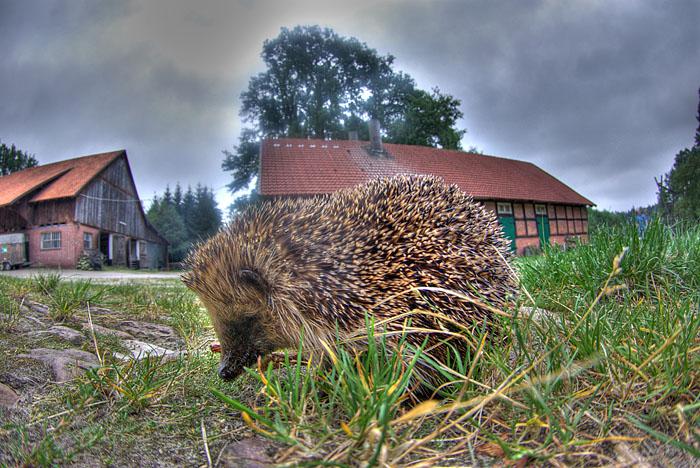 Originally posted by K David
Originally posted by K David 
Partly because it's an element and not a filter, the difference being that as an element it's engineered into the optical formula.
While I'm not an optical engineer, I don't think you have a point with "element vs filter".
The purpose of the apodisation filter -- it is indeed called "filter" at the
STF 135 page about "apodisation" -- is to achieve a tapering off of the point-spread function (PSF) of the lens so that diffraction is reduced.
This effect should be achievable with any graduated filter element, even a flat one. Indeed, apparantly
photon sieves have been used for apodisation and
Markus Keinath has created his own film-based apodisation filter which is flat and working as intended.
 Originally posted by K David
Originally posted by K David 
I think, and I admit this is conjecture, that the reason has to do with how the element has to be concave. The edges HAVE to be thicker to introduce more light loss and, through that, feather the perimeters of the out of focus circles of confusion to a greater extent.
I believe using an element with a constant density but varying thickness is just one of many approaches.
Also, I do not think that the rest of the optical design needs to be build around the apodisation filter. The purpose of the filter is to smooth out the discontinuity represented by the aperture blades so every lens can be turned into an STF lens by placing an apodisation filter close to the aperture mechanism. I'm not saying that it does not make sense to optimise the optical formula for the special purpose and special characterista an STF lens has, but I think your criticism of the Fuji lens, for instance, is unjustified.


 Similar Threads
Similar Threads 














 Post #1 by starjedi
Post #1 by starjedi








